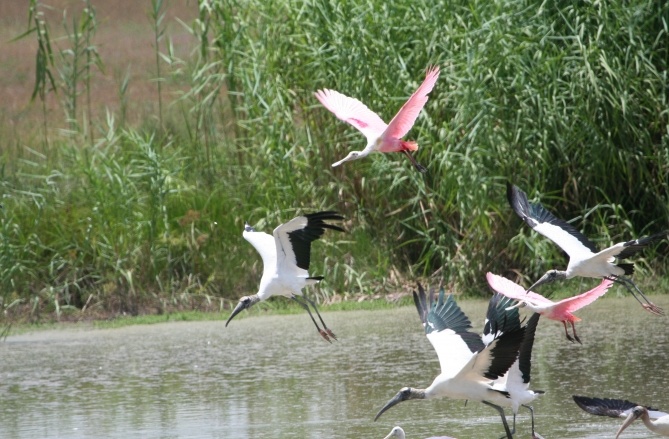Keep Your Distance from Colonial Waterbirds
This is Passport to Texas
Colonial Waterbirds gather on tiny islands dotted along the Texas Coast. Their beauty and diversity is attractive, but their populations have struggled over the years.
Colonial Waterbirds in the past experienced some pretty significant population declines.
Trey Barron is a Wildlife Diversity Biologist with Texas Parks and Wildlife.
A lot of the populations were down to almost nothing. Mainly due to overhunting. You know their feathers are very attractive and they were using them in stuff like hats.
Regulation changes and habitat improvements allowed many of the species to recover. But today there are new challenges like island erosion and exotic vegetation. Trey says one of the larger impacts, however, is human disturbance. Boaters, anglers and even photographers can get too close.
And they are disturbing these birds off of their nesting sites. Anytime that the birds get up, the young or the eggs are susceptible to predators. And some of those predators are other birds.
The more we can do to avoid disturbing these island habitats, the more successful Colonial Waterbirds can be.
The Wildlife Restoration Program supports our series and funds research for Colonial Waterbirds in Texas.
For Texas Parks and Wildlife…I’m Cecilia Nasti.



 Passport to Texas is a
Passport to Texas is a  Passport to Texas is made available by:
Passport to Texas is made available by: